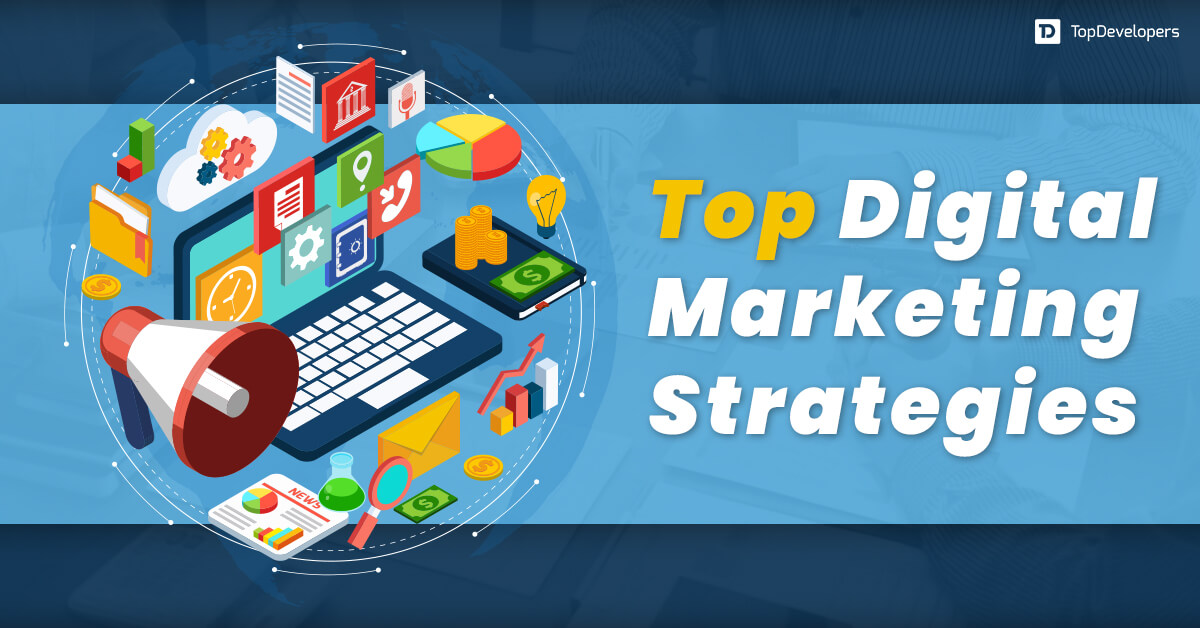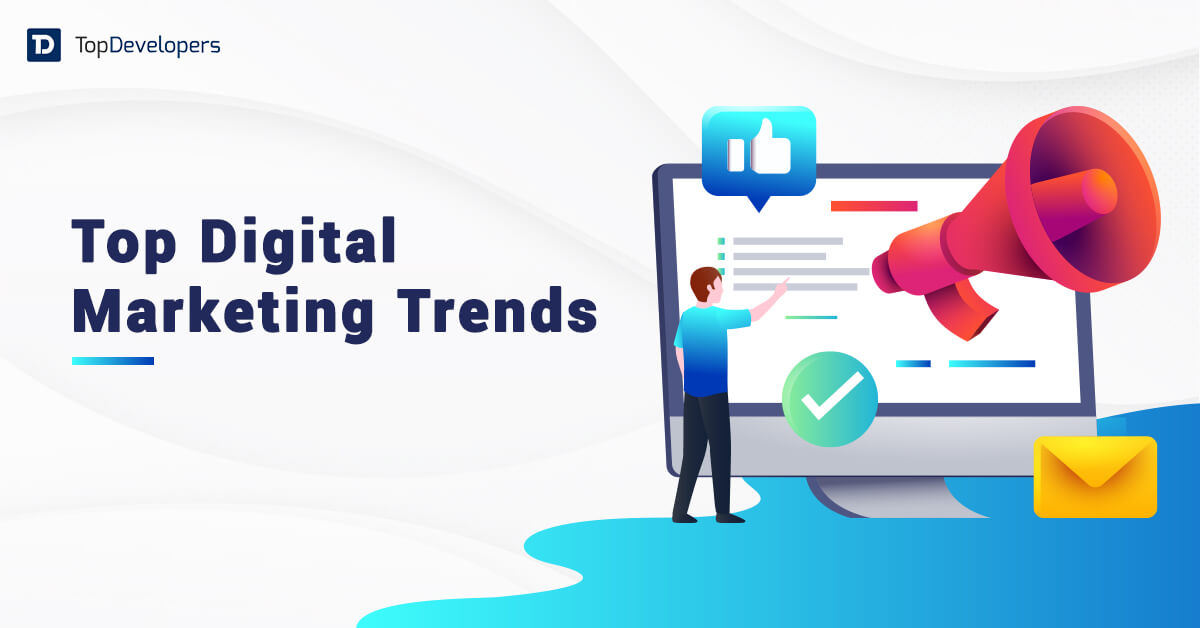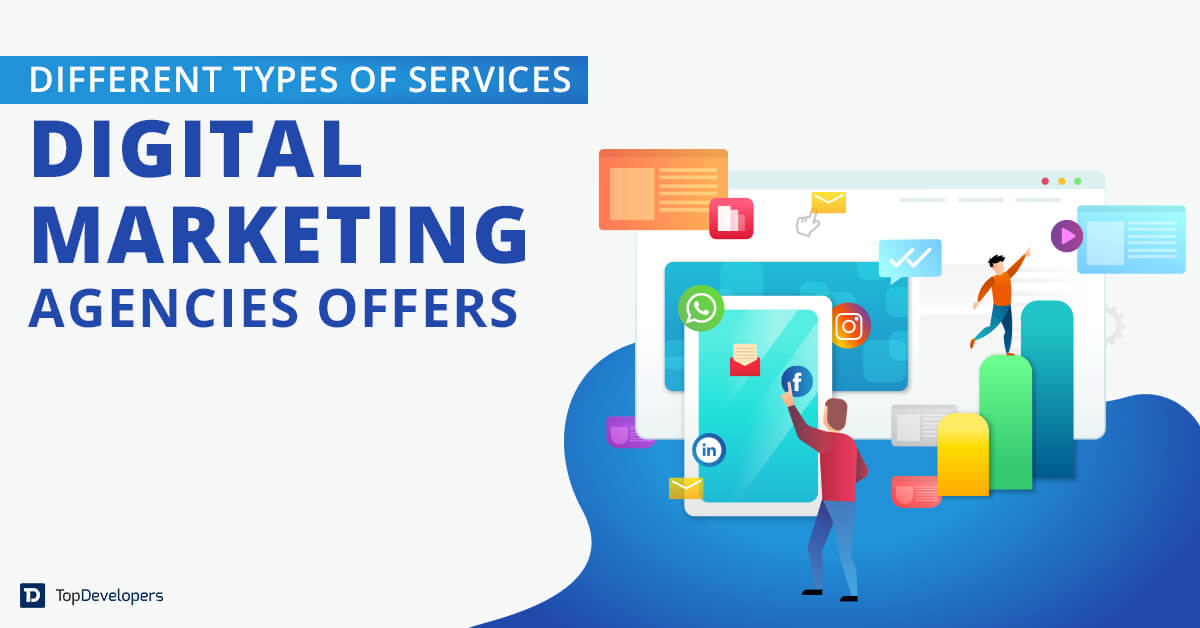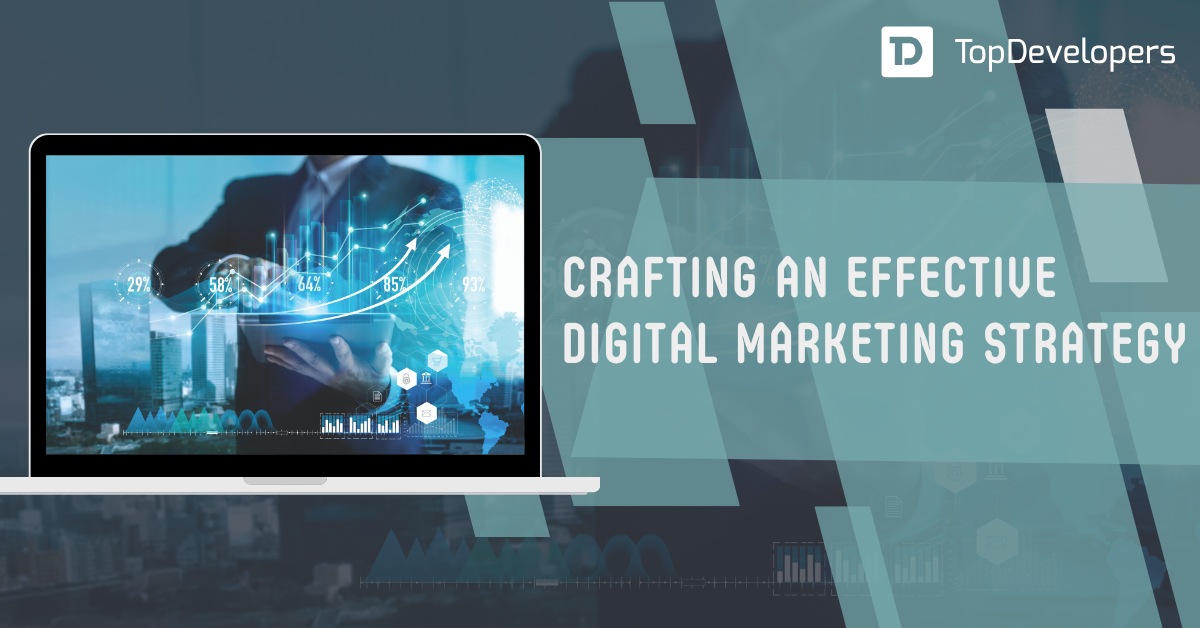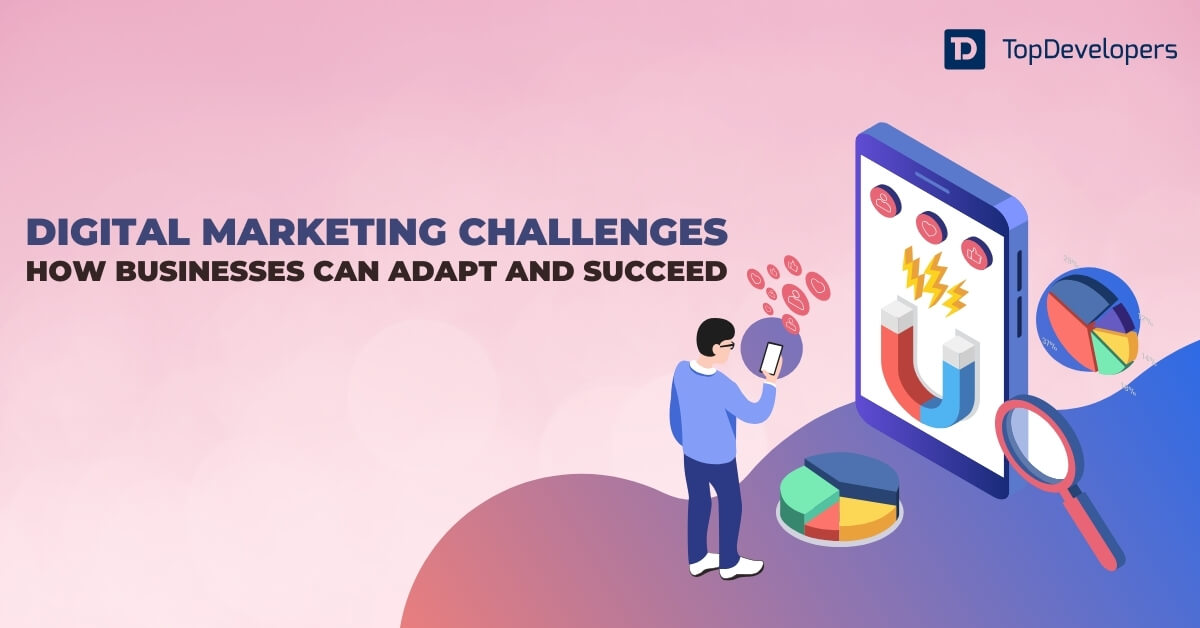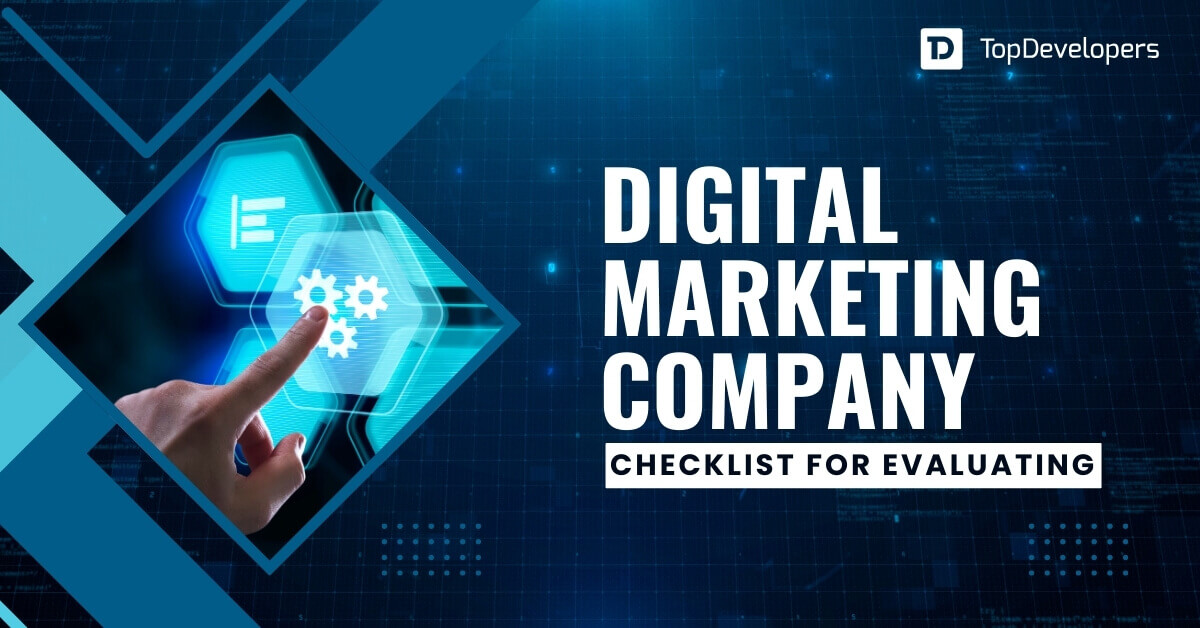
Are you trying to figure out whether inbound marketing or content marketing is the right choice for your business? If so, you’re not alone. Many marketers find it tricky to separate these two digital marketing strategies, given how much they overlap. But understanding the differences can be a game-changer, helping you fine-tune your approach to drive better results and get the most out of your marketing efforts.
The numbers tell an interesting story: according to a HubSpot survey, 60% of marketers consider content marketing a part of inbound marketing, while nearly 20% see them as distinct strategies. Moreover, businesses that embrace inbound marketing generate 54% more leads than those relying on traditional techniques, and companies that prioritize content marketing experience conversion rates nearly six times higher than other digital approaches.
But where does that leave you? If you’ve been using these terms interchangeably, you might be missing out on unlocking their full potential. This guide will explore the “Inbound Marketing vs Content Marketing”, breaking down the key differences and showing how blending both strategies can help you attract more customers, engage your audience, and fuel business growth.
Let’s dive in and discover how to leverage these approaches to take your marketing strategy to the next level.
Table of Contents
- What Is Inbound Marketing?
- What Is Content Marketing?
- Inbound Marketing vs. Content Marketing: Where They Overlap
- Inbound Marketing vs. Content Marketing: Key Differences
- Real-Life Examples of Inbound Marketing and Content Marketing
- Inbound Marketing and Content Marketing: Why Both Strategies Are Important?
- Addressing Common Misconceptions
- When to Use One: Inbound Marketing vs. Content Marketing
- Conclusion
What Is Inbound Marketing?
Inbound marketing is a comprehensive strategy that aims to attract, engage, and convert customers through valuable content and tailored experiences. It encompasses a variety of digital tactics, including Search Engine Optimization (SEO), Social Media Marketing (SMM), email campaigns, and even paid ads to draw people in and keep them engaged.
The core idea behind inbound marketing is to build meaningful relationships with your audience throughout their entire buyer’s journey. Rather than interrupting potential customers with traditional ads, inbound marketing provides helpful information that meets their needs, encouraging them to discover your brand naturally.
Key Components of Inbound Marketing
- Attraction: Leverage SEO, content marketing, and social media to bring in potential customers.
- Engagement: Offer valuable resources like blogs, guides, and webinars to keep your audience interested.
- Conversion: Use tools like landing pages, chatbots, and forms to turn interested prospects into leads.
- Delight: Continue nurturing relationships with personalized content and follow-up communications that encourage customer loyalty.
What Is Content Marketing?
Content marketing is a strategy focused on creating and distributing valuable, relevant, and consistent content to engage a specific target audience. It aims to build trust and establish brand authority by addressing your audience’s needs and pain points through various types of content, such as blog posts, videos, infographics, newsletters, and podcasts.
The goal is not to directly push for sales but to influence the decision-making process over time. When executed well, content marketing helps guide potential customers toward making a purchase by providing them with the information they need to solve their problems.
Key Elements of Content Marketing
- Content Creation: Develop high-quality content that resonates with your target audience and reflects your brand voice.
- Content Distribution: Share your content across different platforms where your audience is active, such as social media, blogs, and email newsletters.
- Content Analysis: Measure content performance using metrics like traffic, engagement, and conversions to continuously refine your strategy.
Inbound Marketing vs. Content Marketing: Where They Overlap
Both inbound marketing and content marketing share a common goal of attracting and engaging potential customers, but they approach it from different angles. Here’s where these strategies overlap:
- Customer-focused: Both strategies prioritize understanding and delivering value to the target audience.
- Educational Content: They use content to educate the audience, establish credibility, and build trust.
- Long-Term Approach: Both aim to nurture lasting relationships that transform potential customers into loyal advocates.
Inbound Marketing vs. Content Marketing: Key Differences
While inbound marketing and content marketing are closely related, there are distinct differences that can help you decide when to use each:
| Aspect | Inbound Marketing | Content Marketing |
|---|---|---|
| Scope | A holistic approach that integrates SEO, social media, email marketing, PPC, lead generation, and analytics. | Primarily focuses on creating and distributing valuable content to attract and retain a defined audience. |
| Goals | Manages the entire buyer’s journey from attracting visitors to converting leads and nurturing long-term relationships. | Mainly aims to educate and engage, with a secondary focus on indirectly influencing conversions. |
| Tactics Involved | Uses multiple methods like SEO, content, social media, email, and paid ads for an integrated marketing strategy. | Involves content creation in various forms (blogs, videos, infographics) shared across different channels. |
| Role in Buyer’s Journey | Covers all stages, from awareness and consideration to conversion and retention. | Primarily addresses the awareness and consideration phases, with some influence on the decision stage. |
| Content’s Role | Powers the inbound strategy by providing valuable content that supports campaigns and nurtures leads. | Acts as the main tactic for establishing authority and building a connection with the audience. |
| Focus | Broad strategy designed to attract, engage, and delight customers throughout the funnel. | Focuses on content creation to inform, entertain, and engage a specific audience. |
| Approach | Involves an integrated approach combining content, analytics, CRM tools, and automation to generate leads and nurture them. | A more direct approach focused primarily on producing and sharing valuable content. |
| Measurement | Heavily relies on data and analytics to track customer journey, conversion rates, and ROI across various touchpoints. | Measures success mainly through content-specific metrics like engagement, traffic, and social shares. |
| Interactivity | Encourages ongoing interaction and personalization through tools like email sequences, CRM integration, and automation. | Engages primarily through one-way communication in the form of content consumption. |
| Lead Nurturing | Actively nurtures leads through the sales funnel with personalized follow-ups, email campaigns, and automated workflows. | Focuses on brand-building and authority by offering consistent, high-quality content. |
| Paid vs. Organic | Often involves a mix of paid (PPC, social ads) and organic methods to attract and engage customers. | Primarily relies on organic growth through SEO, social media shares, and direct engagement. |
| Timeframe | Long-term strategy aimed at gradually building relationships and driving conversions. | Can have shorter-term goals, such as immediate traffic growth, engagement, or brand awareness. |
| Technology Involvement | Leverages various tools like marketing automation, CRM, and analytics platforms to streamline processes and track interactions. | Less reliant on tech-heavy tools; focuses on content management systems (CMS) and basic analytics. |
| Customization | Highly personalized and targeted toward specific buyer personas and stages of the journey. | Less personalized, generally aimed at a broader audience segment through evergreen content. |
| Call to Action (CTA) | Strategically includes CTAs to move prospects down the funnel, converting them into leads or customers. | May or may not have direct CTAs, often more focused on providing value and educating the audience. |
| Longevity of Impact | Focuses on long-term relationship building and customer retention, aiming for a higher lifetime value (LTV). | Content can have both short-term (viral) or long-term impact but typically focuses on awareness. |
Real-Life Examples of Inbound Marketing and Content Marketing
To better understand these strategies, let’s look at some practical applications:
- Inbound Marketing Example: HubSpot excels in inbound marketing by integrating SEO, social media, and email marketing to attract and convert leads. They provide a wide range of free tools, guides, and webinars to engage users, and automated workflows help convert those leads into paying customers.
- Content Marketing Example: Buffer leverages content marketing by consistently publishing valuable blog posts, podcasts, and videos that educate its audience on social media best practices. This content marketing strategy helps establish Buffer as an industry leader and drives traffic to its website.
Inbound Marketing and Content Marketing: Why Both Strategies Are Important?
Although content marketing is a key component of inbound marketing, using the two together creates a powerful marketing engine. Here’s how they complement each other:
- Strategy and Execution: Inbound marketing sets the strategy, while content marketing delivers the tactics (content) that attract and nurture leads.
- Trust and Engagement: Content marketing builds trust through valuable information, and inbound marketing nurtures that trust through ongoing engagement.
- Funnel Alignment: Inbound focuses on the entire customer journey, while content drives each stage with targeted material.
- Cost-Effective Growth: Both are long-term, cost-effective strategies that grow over time, unlike traditional ads.
While inbound and content marketing are often intertwined, each has its own role in a comprehensive digital marketing strategy. Here’s why both are essential:
Inbound Marketing Offers the Strategy, Content Marketing Powers the Engine
Inbound marketing strategy guides how you attract, engage, and delight customers. Content marketing provides the specific tools (blog posts, videos, eBooks, etc.) that bring those strategies to life.
- Inbound is strategic, guiding the overall journey from stranger to loyal customer.
- Content is tactical, delivering the exact resources that solve problems and nurture leads.
Without content marketing, inbound strategies would have little to offer potential leads in terms of value.
Content Builds Trust, Inbound Nurtures Relationships
Content marketing positions your business as a thought leader and expert in the field. The educational material builds trust, which is vital in decision-making. Inbound marketing then nurtures these relationships by ensuring the right content reaches the right people at the right time.
- Content attracts visitors by addressing their needs or challenges.
- Inbound marketing engages visitors over time with more targeted actions like personalized emails or follow-ups.
This long-term relationship-building approach is key to moving leads down the funnel toward conversion.
Inbound Marketing Focuses on the Entire Funnel, Content Drives Each Stage
Inbound marketing looks at the entire funnel, from attracting strangers to delighting customers. Content marketing fits into each stage of this funnel, ensuring that the right type of content is created to meet the needs of each stage:
- Awareness stage: Blog posts, infographics, and SEO content introduce your brand.
- Consideration stage: Case studies, webinars, and guides help prospects evaluate their options.
- Decision stage: Product demos, pricing guides, and free trials drive conversions.
Together, inbound and content marketing ensure there’s a clear path for customers to follow, with relevant content available at every point in their journey.
Both Are Long-Term, Cost-Effective Strategies
Inbound and content marketing focus on creating long-term value rather than short-term gains. They are cost-effective approaches that deliver ongoing benefits:
- Inbound marketing builds brand visibility and drives organic traffic over time.
- Content marketing increases trust and authority, improving customer loyalty and retention.
Compared to traditional advertising methods, both strategies offer compounding returns as your content library grows and continues attracting new visitors.
Addressing Common Misconceptions
- “Is inbound marketing only about SEO?” No, inbound marketing goes beyond SEO by integrating various tactics such as lead nurturing, email campaigns, and paid promotions.
- “Can content marketing work without inbound?” While content marketing can engage and attract an audience, it may struggle to convert leads effectively without a comprehensive inbound strategy that nurtures relationships.
When to Use One: Inbound Marketing vs. Content Marketing
- Use Content Marketing When: Your goal is to build brand authority, drive organic traffic, or educate your audience. It’s ideal for businesses with longer sales cycles where building trust is crucial.
- Use Inbound Marketing When: You want to attract, engage, and convert leads using a multi-faceted approach that covers all stages of the buyer’s journey.
Conclusion
Inbound marketing and content marketing are interconnected strategies that, when combined, can drive substantial growth for your business. While content marketing companies focus on creating valuable, high-quality content, inbound marketing companies leverage that content to guide prospects through the entire buyer journey, from awareness to conversion.
By understanding how these approaches differ and complement each other, you can craft a comprehensive marketing plan that not only attracts potential customers but also turns them into loyal advocates. Adopting a balanced strategy by utilizing services from both inbound marketing companies and content marketing companies will empower you to maximize your marketing efforts and achieve long-term success.
 Avantika Shergil
| Oct 25, 2024
Avantika Shergil
| Oct 25, 2024
Avantika Shergil is a technology enthusiast and thought leader with deep expertise in software development and web technologies. With over 8 years of experience analyzing and evaluating cutting-edge digital solutions, Avantika has a knack for demystifying complex tech trends. Her insights into modern programming frameworks, system architecture, and web innovation have empowered businesses to make informed decisions in the ever-evolving tech landscape. Avantika is passionate about bridging the gap between technology and business strategy, helping businesses build customized software and website, and understand about different tools to leverage effectively for their ventures. Explore her work for a unique perspective on the future of digital innovation.



